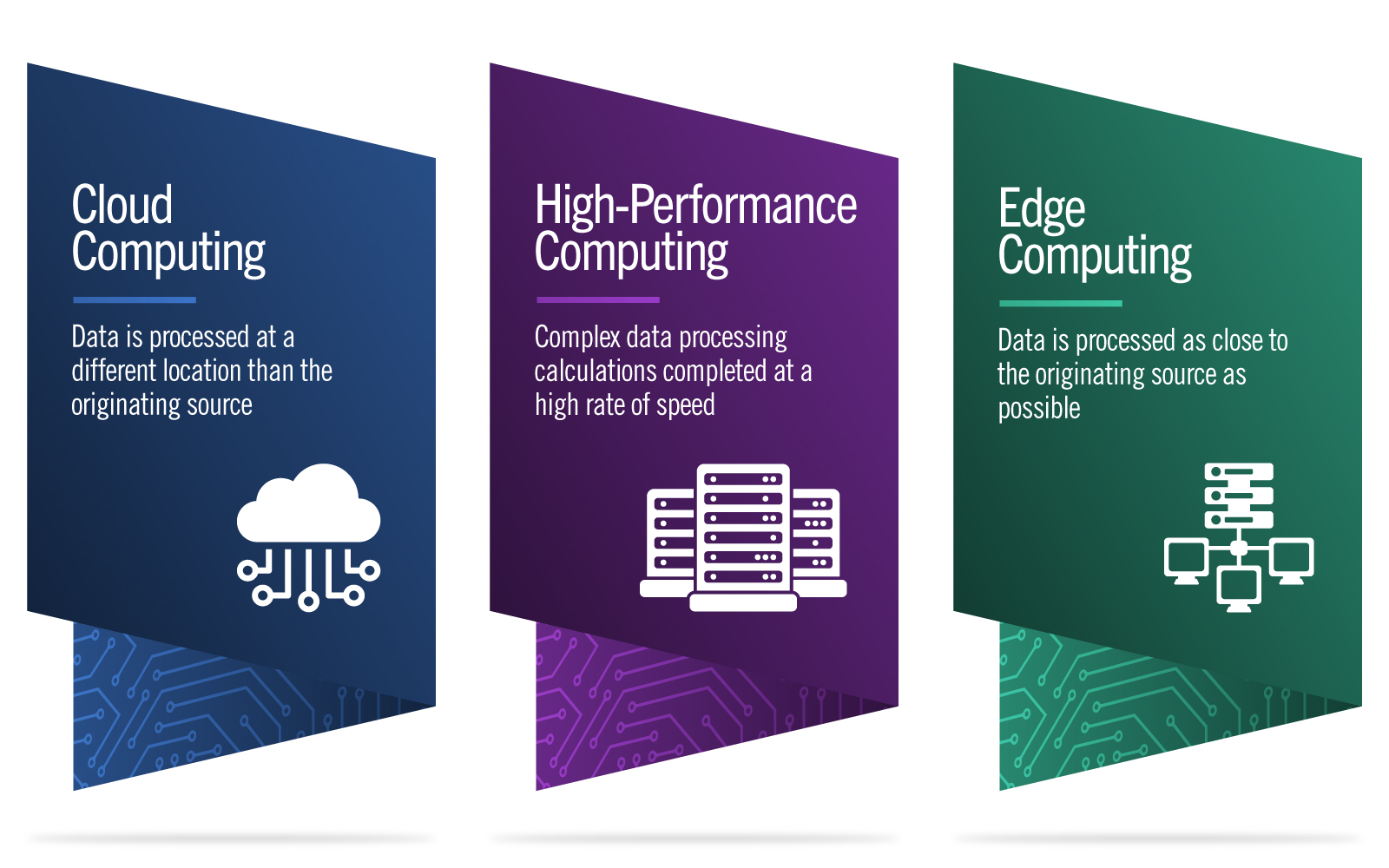Adaptive Autonomous Systems
Adaptive Autonomous Systems
Harnessing adaptive autonomy to strengthen science and security
Harnessing adaptive autonomy to strengthen science and security
Pacific Northwest National Laboratory (PNNL) is dedicated to pushing the boundaries of computing, striving to deliver innovative capabilities. Adaptive autonomous systems are at the forefront, leveraging diverse computing environments to enhance scientific and security advancements. These computing environments include:

PNNL’s vision is to create tooling and automation that uses advanced artificial intelligence (AI) to allow systems to automatically adapt between these three environments based on situational needs – creating virtual and distributed adaptive autonomous systems. These systems can retain all the benefits of the individual environments, but then enhance these by allowing information and data to automatically move between each domain to leverage additional computing, or other services not readily available in the current environment.
Advancing UAS/UAV Technology
Unmanned aerial systems and unmanned aerial vehicles (UAS/UAVs) have surged in popularity among the public and are increasingly used in national security operations. However, UAS/UAVs often encounter challenges related to size, weight, and power (SWaP) constraints stemming from their small size or computing capabilities. PNNL is developing and testing strategies to integrate advanced AI models into UAS/UAVs, enhancing their effectiveness, performance, and efficiency.

Adaptive autonomous systems research and technology development improves data transferring between cloud and edge computing, as well as edge devices on UAS/UAVs. These AI-driven systems adapt to swiftly analyze visual and electromagnetic data to make rapid decisions. This cutting-edge technology not only optimizes UAS/UAV operations but also lays a secure foundation for cloud-to-edge communications in critical national security missions.
Maritime Autonomous Systems
At the PNNL Sequim site, our team is engaged in harnessing the potential of autonomous surface vehicles and UAS/UAVs, fostering seamless communication between them. The ultimate objective is to achieve collaborative autonomy between surface, air and subsurface vehicles, enabling the collection and relay of important data gathered in the environment such as signals, video footage, water characteristics, and humidity levels. Understanding these capabilities and constraints is crucial for many national security missions. This project serves as a dynamic testbed for tackling the unresolved challenges of adaptive autonomy and cloud-based communications.
Automating Theory-Experiment Cycles
New materials have the potential for improving solar generation, advancing battery technology, developing new health care treatments, and enabling improved techniques in computing. Both theorists and experimentalists are tackling the problem, but each from different angles. Although theory benefits from experimental measurement and validation, experiments benefit from theory’s guidance and explanations. Accelerating material discovery depends on connecting the benefits of each approach through adaptive autonomous systems.
PNNL is developing the computing and coordination techniques for automating theory-experiment cycles. New methods are needed for representing and executing the computational workflows that are formed between instruments and computational devices ranging from near-instrument devices, high-performance computing systems, and specialized demand-driven cloud resources. Our research in this area is exploring a wide range of techniques for productive and portable representations, scheduling, and resource assignment. Diagnosing and removing performance bottlenecks, advancing AI/machine learning methods, and customized data flow is also being explored.